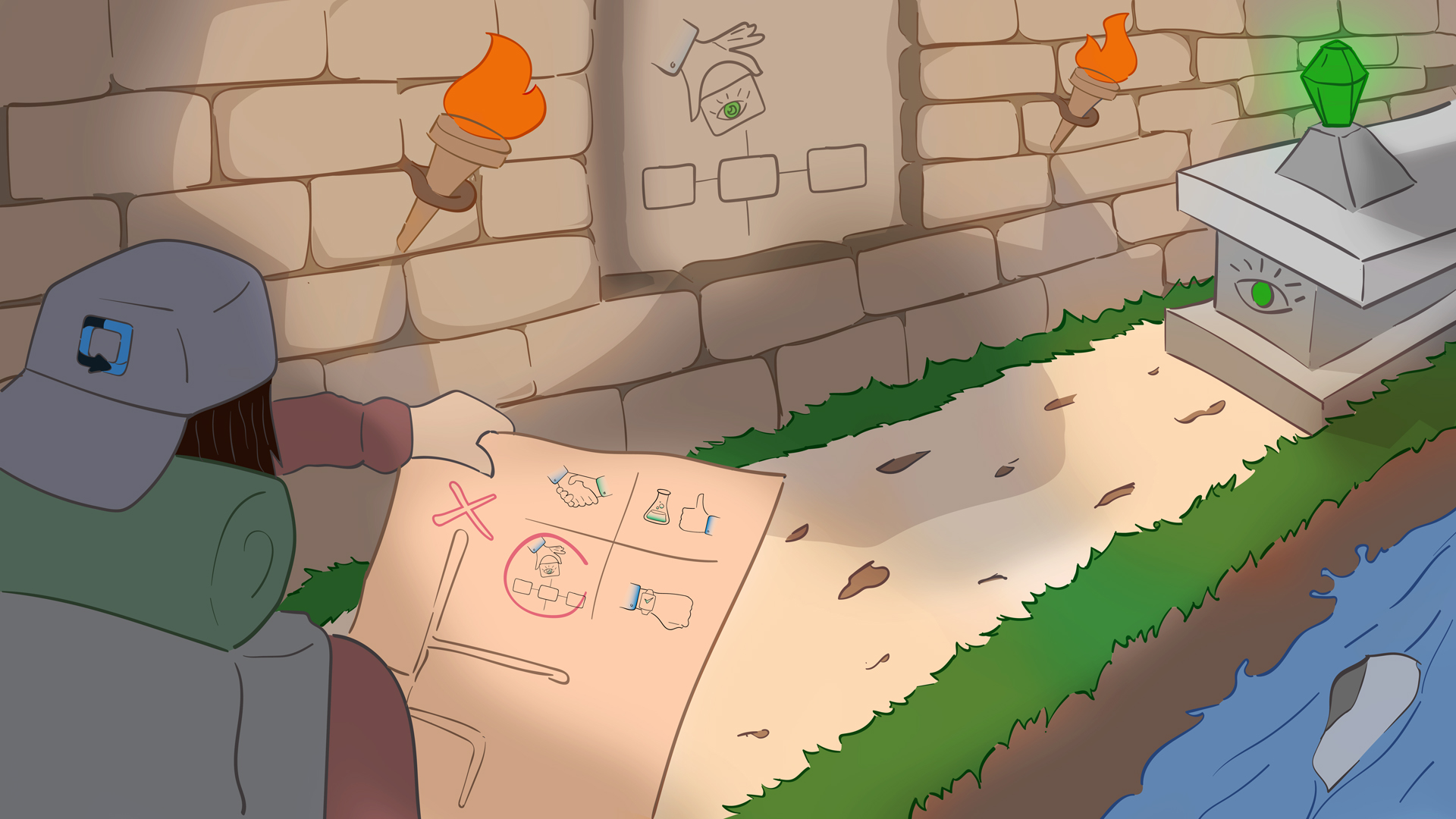Transformational Strategic Execution: Creating A Model Of Vision
Transformational Strategic Execution
Last month I introduced the 4 facets that together form the concept of Transformational Strategic Execution: a new way we are thinking about business strategy. It is ‘transformational’, because it is accepting the inevitability of change and embracing it in a positive, forward-looking manner. It is ‘strategic’, therefore carrying great importance over an enterprise and a potentially wide group of stakeholders. It involves ‘execution’, which is the process of monitoring performance, efforts, and output of your people. Combined, it is about changing your perception of business strategy to view it as a dynamic, performance focused capability involving an entire organization.
The 4 facets of this new way of thinking about strategy are:
- Creating a model of vision
- Building organizational commitment
- Embracing experimentation
- Executing the vision
Creating A Model Of Vision
Let’s start by using this blog to describe the 1st of the 4 facets, ‘creating a model of vision’. We have all heard “a picture is worth a thousand words”, or my favorite, Maxwell’s “the law of the picture: people do what people see.” Presenting information in the form of a picture helps us understand it better, learn it faster and remember it for longer. But it is not enough to create a flow diagram of rectangular text boxes interconnected by a series of arrows, which lays out some sort of idea flow. Is it a ‘strategy map’? Yes. But where will it end up? One of the many pages in the strategic plan or pinned to the staff notice board. It has two primary problems:
- It has the same problem as the strategic plan – it is fixed in time
- It is flat, difficult to add dimensionality and impossible to add movement
Interactive Visualizations
Having the facility to make a diagram interactive increases its value tenfold. It is no longer a picture; it is a visual environment, and that environment can lead to exploration and discovery. It provides the opportunity to add dimensionality, bringing in ‘depth’ and the opportunity to consider the information differently. But of primary value, it is motivating, and just a more interesting environment to navigate. It draws the viewer in to the strategic plan and keeps them engaged.
Sharing Our Thoughts
Now we have captured a person’s interest, they are exploring the plan and understanding their place in the grand scheme of things. The plan is now a destination for the sharing of current thoughts and strategic ideas, from the senior leadership team to those people tasked with the key role of execution. In doing so, it clears up any terminology confusion because we are all viewing the information in the context of our contribution, but using the same strategic context (terminology) as everyone else.
Key point – the strategy map is not an organizational chart. The only hierarchy it needs to obey is the decomposition of activity. I have blocks at the top and at the bottom of the map!
Draw A Picture And Make It Real
Our interactive visualization of strategy now has a life of its own, people are engaged, it is dynamic, growing with the contributions of many. It is real, and as a result, it is trusted. Our people are receiving direction and viewing strategic progress; we have more than a picture – we have a vision of the future and a map of how to get there.




Leave A Comment